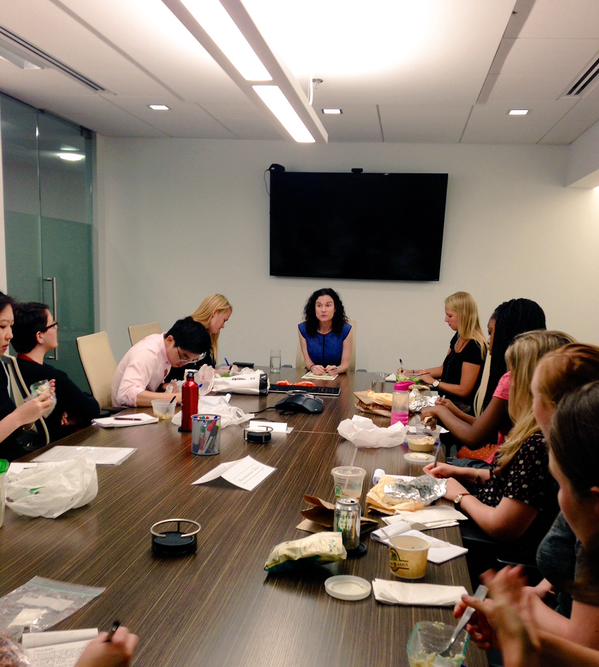
By Mette Huberts, CFYJ Fellow
CFYJ’s first Summer Institute event of 2015 focused on the practice of Youth Solitary Confinement and the harmful effects it has on children. Amy Fettig, a member of the ACLU’s National Prison Project Senior Staff Counsel and the director of ACLU’s Stop Solitary Campaign, informed us about the destruction that solitary confinement can cause for youth both physically and mentally. In addition, she emphasized the need for reform in terms of correction officer trainings as well as general public awareness.
The practice of solitary confinement, both for adults and children, reflects the rigor of the zero tolerance laws and the belief that the solution to disobedience and misconduct is to simply “lock ‘em up”. Correction facility officers and guards have known no other course of action, therefore understanding it to be both normal and expected to put an individual in solitary confinement. For children, this proves especially true. In an adult facility, children enter the system alone and afraid. They are often quickly targeted as prey by the older inmates, leaving them more vulnerable to rape and abuse. For years, prisons and jails have “solved” this issue by putting youth in solitary confinement as protection. While this may physically separate them from the immediate danger at hand, solitary confinement poses an extreme danger in itself.
Fettig explained that because a minor’s brain is still developing, solitary confinement poses higher risks to youth than to adults. After only seven days in solitary, she informed us, measurements of youth brain activity have already begun to decrease. The child’s inability to obtain sufficient mental health support, education, recreation time, and other necessary services attributes to slowed brain development and often to the formation of a mental illness. Fettig then referred to the tragic story of Kalief Browder in testament to the long lasting damage solitary can do to a youth’s mind, even after being released. In an attempt to attack the root of the problem and prevent more stories like his, she called for reform and the ending of practices such as the direct transfer policy in New York, which allows 16 and 17 year old kids to be immediately tried in the adult court system at the prosecutor’s discretion.
By identifying both the effects of solitary confinement on youth as well as the problematic policies that force youth into solitary, Fettig helped us recognize and understand the pressing need for change. She concluded by encouraging all of us to be present in the fight against solitary and to act to bring awareness to our own communities. She mentioned her work with the Student Alliance for Prison Reform and their continuing success with a petition calling to end solitary confinement for youth in the federal system, encouraging us to spread the word on our own campuses. Fettig’s discussion has reminded us once again that there is something bigger at stake here. Solitary confinement for youth must be abolished, and while right now this may feel like a large goal, it is up to us and our communities to start demanding policy change one by one, a change that will ultimately save lives.